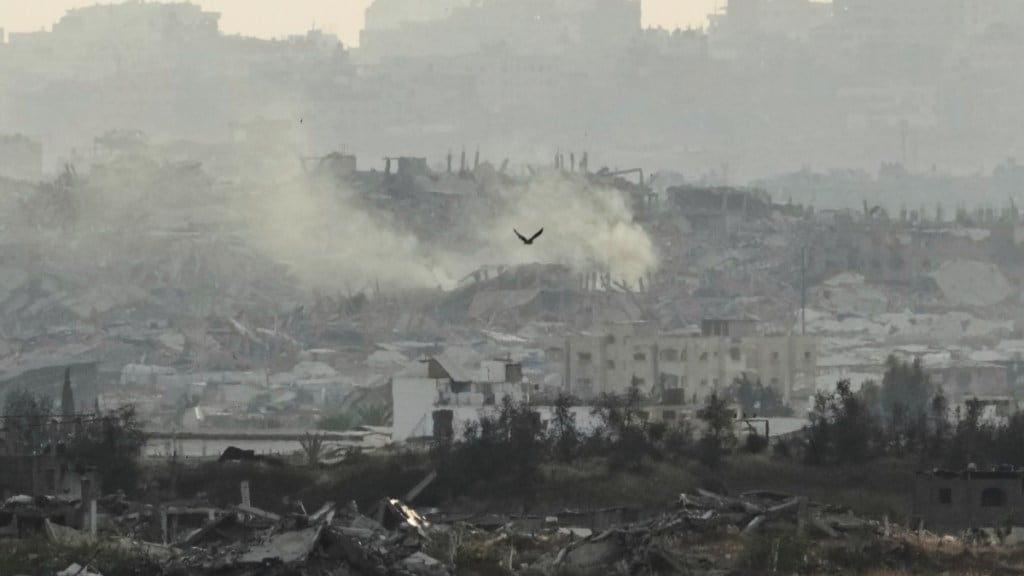Prospects for a cessation of the two-year-long hostilities between Israeli forces and Hamas in Gaza—a process mediated by the US, Qatar, and Egypt in Cairo—have brightened with President Donald Trump’s 20-point proposal. This has been accepted by Arab and Muslim countries and European allies, including India, as indicating a pathway to end the killing, prevent the displacement of Palestinians, and resume aid inflows into the Strip. Both Israel and Hamas have responded positively to the proposal.
Key conditions and international backing
For a ceasefire to kick in immediately, Hamas must approve the initial withdrawal line for Israeli forces, followed by the release of Israeli captives, dead or alive, within 72 hours in exchange for Palestinian prisoners and the resistance group’s removal from power and disarmament. A technocratic Palestinian committee is to administer Gaza alongside the deployment of an international stabilisation force. The US president’s proposal also envisages an international transitional body, called board of peace, chaired by him and includes former premier of UK, Tony Blair.
Hamas has not indicated an unconditional acceptance of Trump’s proposal but has agreed to release all 48 hostages, of whom only 20 are alive. This obviously cannot happen if Israel continues bombing as it did even after Trump asked for it to stop. The resistance group’s acceptance of another key proposal is also significant as it is ready to hand over the governance of Gaza to “a Palestinian authority of independent (technocrats) based on Palestine national consensus and with reliance on Arab and Islamic support”.
There is no mention of disarmament but Hamas affirmed its readiness to enter negotiations to discuss details of this agreement. Hamas’ long-standing position is that it will not disarm until a sovereign Palestinian state is established—an issue that is only partially addressed in the proposal which states that when Gaza’s redevelopment advances, conditions may be in place for a credible pathway to Palestinian self-determination and statehood. Israel’s Prime Minister Benjamin Netanyahu has warned that disarmament will be done diplomatically or militarily.
Obstacles to peace
To ensure that the war ends, it is imperative that Trump remains engaged and is even-handed in ensuring that both Israel and Hamas implement the proposal in letter and spirit. True to form, Netanyahu addressed his domestic constituency shortly after Trump’s proposals were unveiled stating that he has no intention to withdraw troops from Gaza and would “forcibly resist” a Palestinian state. His cabinet has ultra-nationalists who are hostile to the conflict ending without Hamas’ destruction. The resistance group faces an existential moment in releasing all hostages in one go—its only bargaining chip—and surrendering power and disarming. For such reasons, the hope that Gaza will become a de-radicalised, terror-free zone that does not pose a threat to Israel is a bridge too far.
Even so, the conflict must end as there is growing international outrage that the hapless Gazans have borne the full brunt of the two-year-long conflict with 67,000 people being killed, mostly women and children, and starvation stalks the 2.1-million citizenry of the Strip. Around 440 people, including 147 children, have so far died from hunger. Palestinians have a huge stake in an enduring ceasefire to rebuild their shattered lives. For their sake, Trump’s 20-point proposal must succeed as it is the last roll of the dice to finally bring peace to the Strip that has been reduced to a dystopian wasteland.


